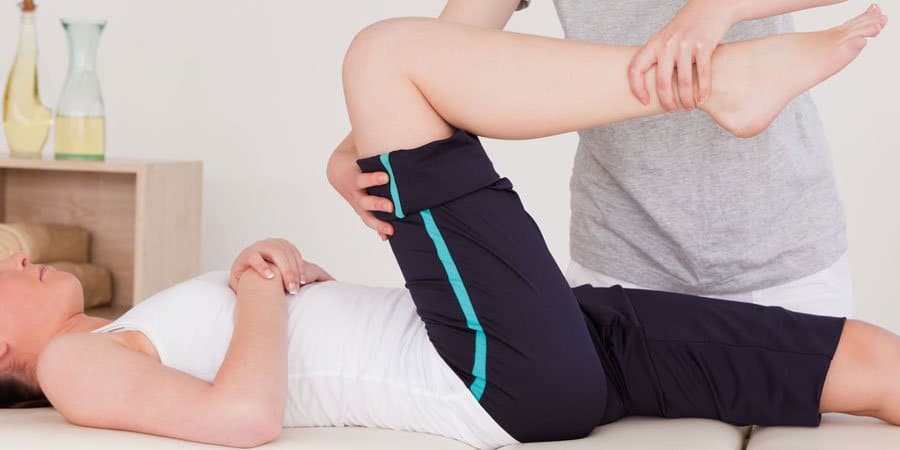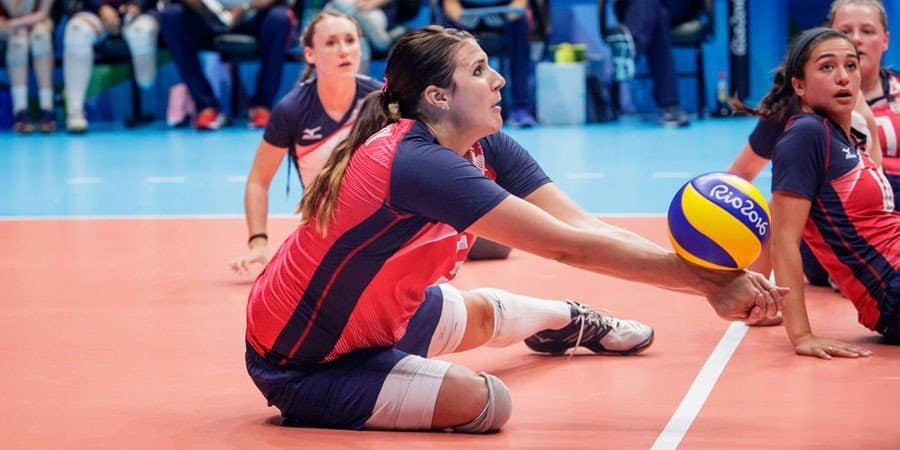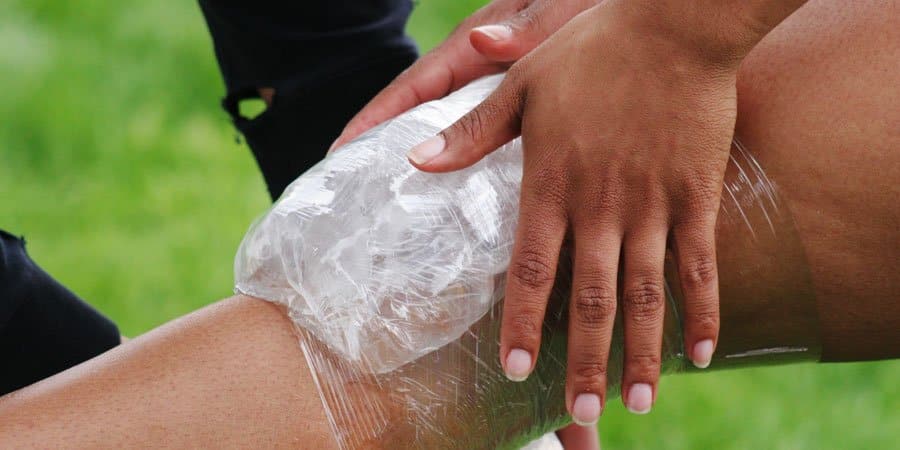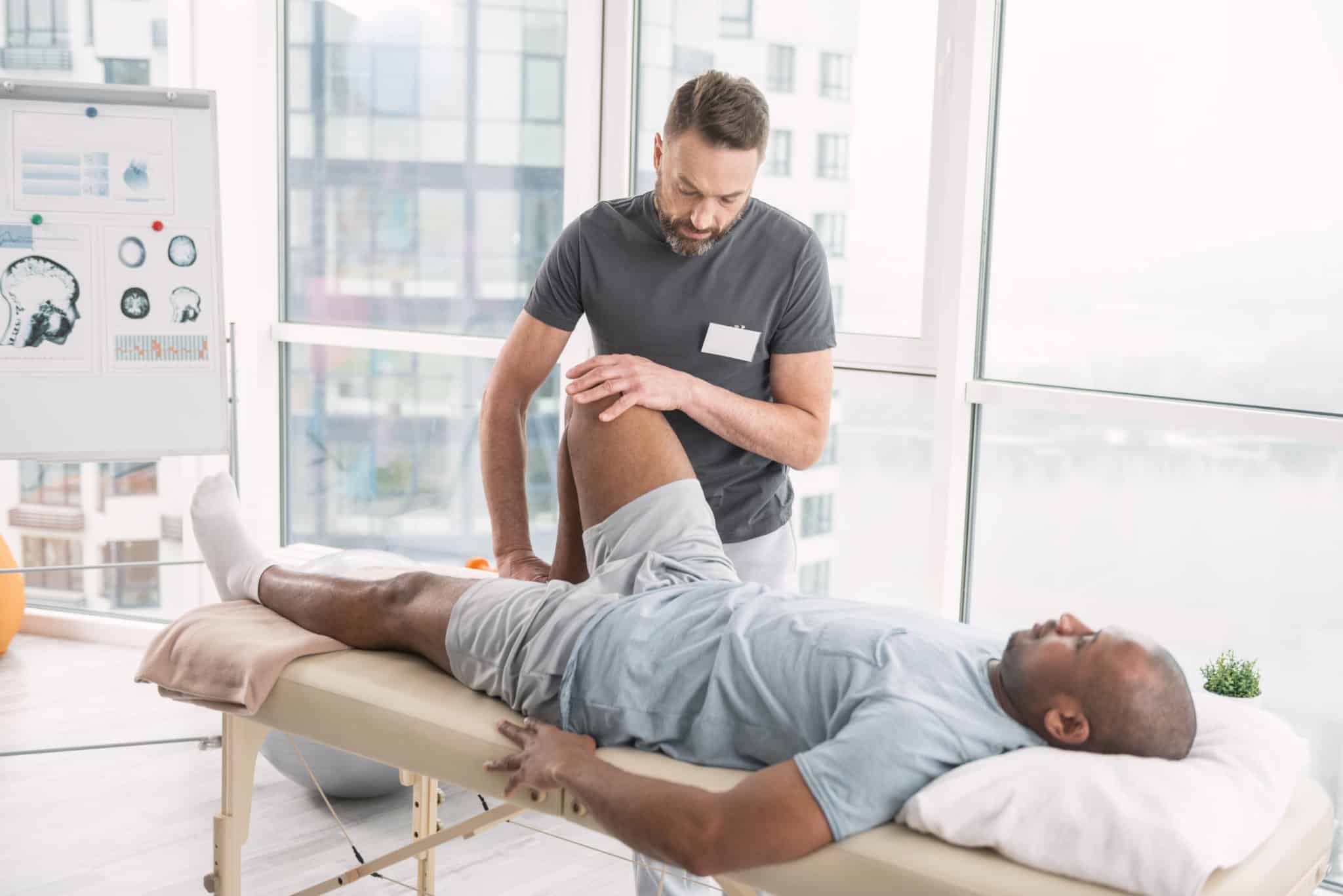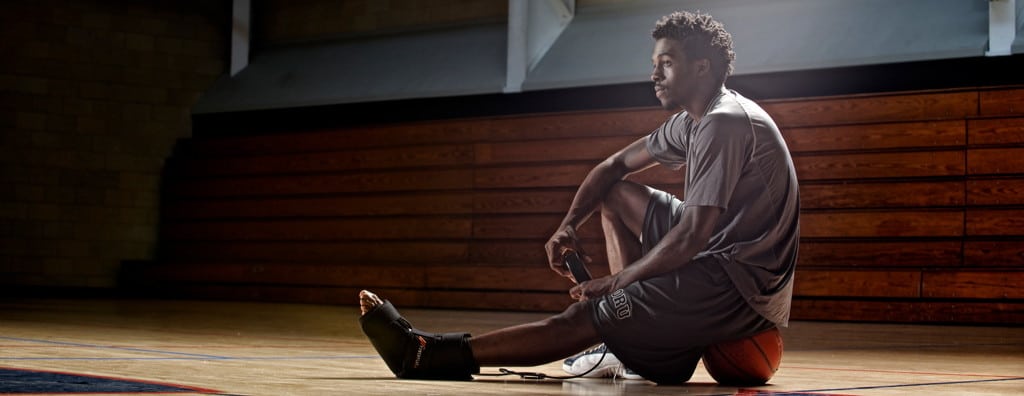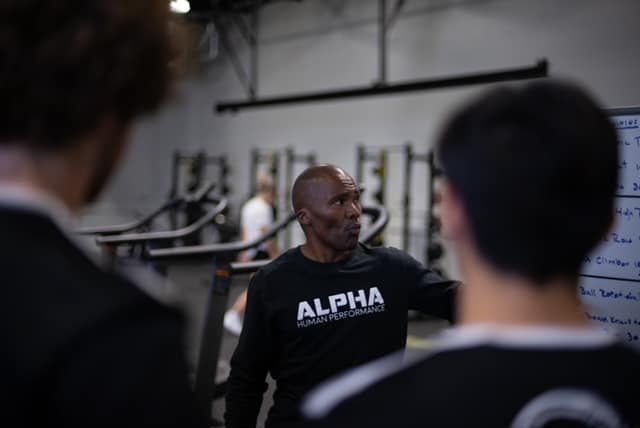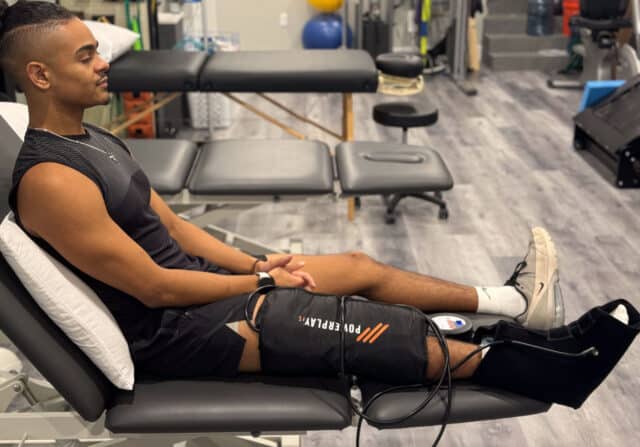Q: What was your path to becoming a Physical Therapist, and why did you choose this career?
A: It’s funny how I ended up here. I was living in Japan planning to return to the states and start college. I was having a discussion with my Aunt who was visiting at the time, and I mentioned to her that I thought I might want to be a physical therapist. She was in medical school and she told me that I definitely did NOT want to be a physical therapist; that I should be a doctor so that I could give the orders, not take the orders. So when I started college, I was on the pre-med path with the idea of being an orthopedic surgeon. I had a few life changes before graduating with my bachelor’s degree, so I spent a couple of years in sales trying to figure out if I wanted to commit the time and money to be an orthopedic surgeon. After a lay-off, I was looking for jobs and ended up on the OU-Tulsa website where I found their doctorate of Physical Therapy program. It was like a lightening flash! THAT was what I was supposed to do!! I knew immediately that physical therapy was truly my calling. I applied to the program, got in on the first shot, and became a member of the second class of graduating doctors of Physical Therapy.
Q: What is the most rewarding part of being a Physical Therapist?
A: Watching my patients start with such low strength and high pain and then progress all the way to pain free and back to their sport. There is nothing as exhilarating as being a part of someone accomplishing their goals.
Q: What is the most common injury you see in your clinic, and how do you treat it?
A: I work in a sports and orthopedic outpatient setting, so the injuries really vary. I see a lot of overuse injuries, or more specifically injuries caused by poor biomechanics, asymmetrical strength and mobility, and compensatory muscle patterns. While the injured joint or body part might differ, the mechanism is often the same: poor running, biking, and swimming mechanics.
Q: What new technologies and/or products should PTs be aware of?
A: There is some great software that we use in our clinic that can measure every joint angle during every phase of a motion, pairing a skeletal avatar with video of the patient performing the activity. We can look at a 20 second capture of a patient’s run and have 3-dimensional information on every joint during every phase of their run cycle. We use the software with cycling, walking, and functional movement screens to determine if mobility is symmetrical. We’ve tried to perform the same thing with the naked eye, and even readily available applications, but the 3D software does a much better job and gives us so much more information that we wouldn’t have otherwise. We can then use the software as part of their training to eliminate some of the poor movement patterns and compensatory mechanisms patients would use to perform an activity.
Q: How often do you use cold and compression therapy to treat your patients, and what are the benefits?
A: Daily doesn’t even begin to cover it. We use cold and compression therapy on at least one patient every hour. We treat many athletes, and after we put them through the paces in the clinic, we don’t want to send them out the door with inflammation. The cold and compression starts their recovery process before they even walk out of the clinic, so they are in better shape for their next session of sport or therapy.
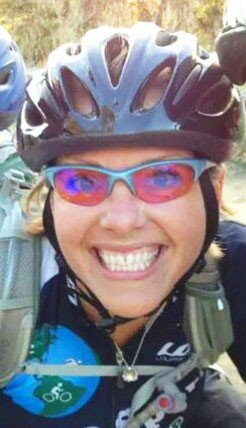 Nicole Dorholt is a Doctor of Physical Therapy at Physical Rehabilitation Center on Riverside in Tulsa, Oklahoma. As a competitive mountain biker and Xterra athlete, she has experience treating fellow multi-sport athletes. Her clinical specialties include pediatric and adult sports and orthopedic rehabilitation, bike fitting and performance assessment, myofascial release techniques, and functional movement programs.
Nicole Dorholt is a Doctor of Physical Therapy at Physical Rehabilitation Center on Riverside in Tulsa, Oklahoma. As a competitive mountain biker and Xterra athlete, she has experience treating fellow multi-sport athletes. Her clinical specialties include pediatric and adult sports and orthopedic rehabilitation, bike fitting and performance assessment, myofascial release techniques, and functional movement programs.
